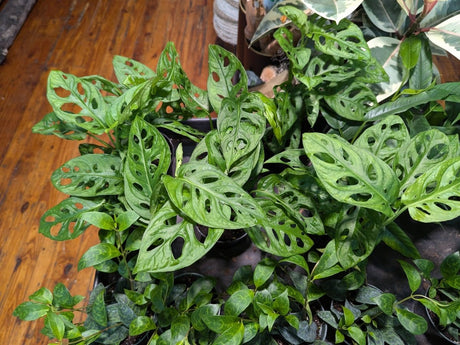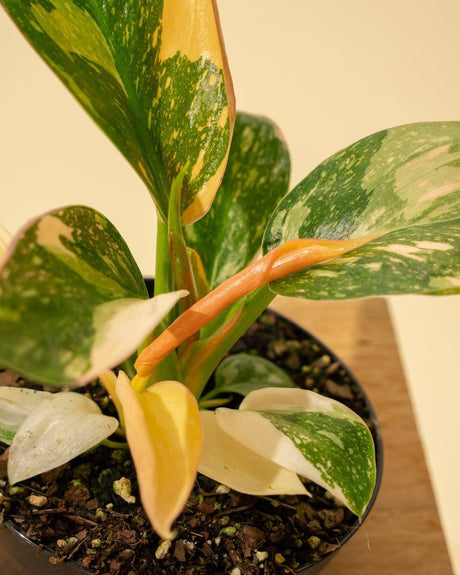The ponytail palm (Beaucarnea recurvata) is a popular and visually striking houseplant known for its low-maintenance nature. If you're wondering how to make a ponytail palm grow taller, this step-by-step guide outlines seven practical tips to help your plant thrive and reach its full potential. With the right care, your ponytail palm can become a bold, architectural focal point in any indoor space.
1. Choose the Right Pot
Selecting the correct pot is essential for healthy root development and vertical growth. Ensure the container has proper drainage holes to prevent root rot. Avoid pots that are too large, which may retain excess water, or too small, which can restrict root expansion. Aim for a container just one size up from the current pot.
Terracotta pots are ideal for ponytail palms due to their breathability, which promotes airflow and helps the soil dry evenly. Plastic pots offer durability and lighter weight but retain more moisture. Whichever material you choose, stability and drainage are key.
Repotting every 2–3 years gives your plant fresh nutrients and room to grow. Be gentle with the roots and use fresh, well-draining soil to support new growth and avoid becoming root-bound.

2. Provide Adequate Light
Ponytail palms grow best in bright, indirect sunlight. Position yours near a window that gets plenty of natural light—south-facing is ideal. If you lack natural light, supplement with full-spectrum LED grow lights to support year-round growth.
Avoid direct sun exposure, which can scorch leaves, and rotate the plant occasionally to encourage even, upright growth. Proper light exposure is crucial for encouraging vertical development in ponytail palms.
3. Water Sparingly
As a desert-adapted plant, the ponytail palm stores water in its bulbous trunk and prefers dry conditions. Water only when the top inch of soil feels dry—typically every 2–3 weeks, and even less during winter.
Use room-temperature, filtered or distilled water to avoid shocking the roots or causing mineral buildup. Always water thoroughly until it drains out of the pot, then allow the soil to dry completely before watering again.

4. Use the Right Soil
Well-draining soil is critical for ponytail palm health. Use a cactus or succulent mix, or create your own by combining potting soil with coarse sand and perlite. This ensures adequate aeration and drainage.
Our Organic Mechanics potting mix provides ideal moisture balance to support strong root growth and help your plant grow taller.
Maintain a soil pH between 6.0 and 7.5, and test periodically using a soil pH kit to ensure optimal growing conditions.
5. Fertilize Appropriately
Feed your ponytail palm every 2–3 months during the growing season with a balanced, water-soluble fertilizer (e.g., 10-10-10). Avoid over-fertilizing, which can lead to salt buildup and root stress.
Enhance soil nutrition naturally with compost or worm castings to promote strong root systems and steady upward growth.

6. Prune and Groom Regularly
Pruning encourages healthy, focused growth. Trim off dead or yellowing leaves using clean shears, and remove offsets (also known as pups) from the base of the plant to help redirect energy toward the main trunk.
Wipe dust from leaves with a soft cloth to improve photosynthesis. Clean, well-groomed leaves not only look better but also perform better, supporting healthy growth.

7. Maintain Optimal Temperature and Humidity
Ponytail palms prefer warm, dry indoor environments. Keep the plant in rooms with temperatures between 60–80°F (15–27°C), and avoid sudden temperature fluctuations caused by drafts or HVAC systems.
While they tolerate low humidity, moderate levels are ideal. Use a digital gauge to monitor conditions and ensure your plant stays comfortable year-round.
Growing a ponytail palm taller isn’t difficult—it just requires consistent, thoughtful care. By following these seven simple tips, you’ll help your plant reach new heights and become a standout in your indoor collection.
Looking to start or upgrade your collection? Browse plants in stock at Ed’s Plant Shop to find healthy, expertly cared-for houseplants—including stunning ponytail palms ready to ship.















